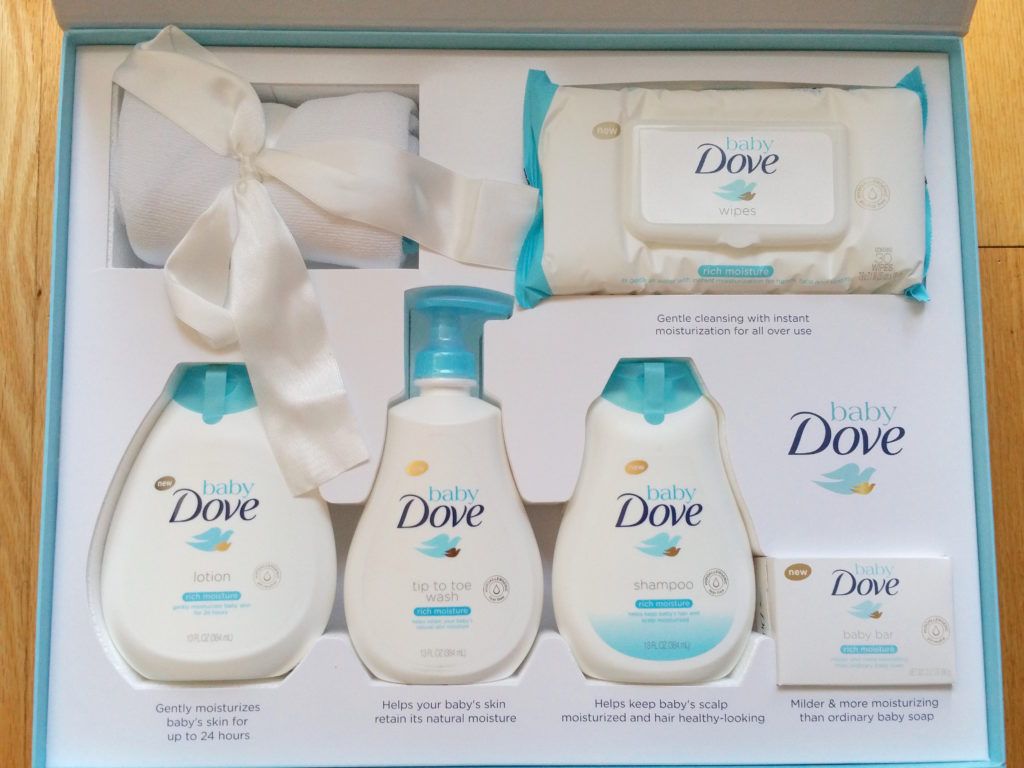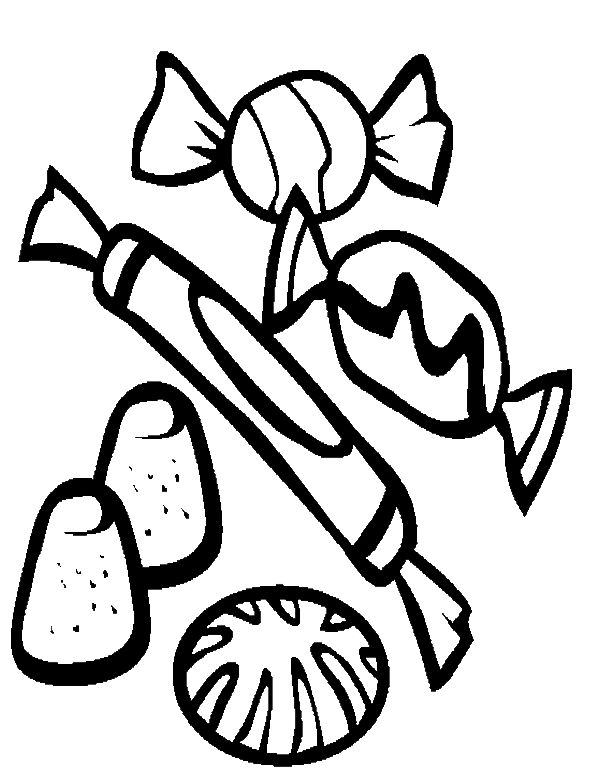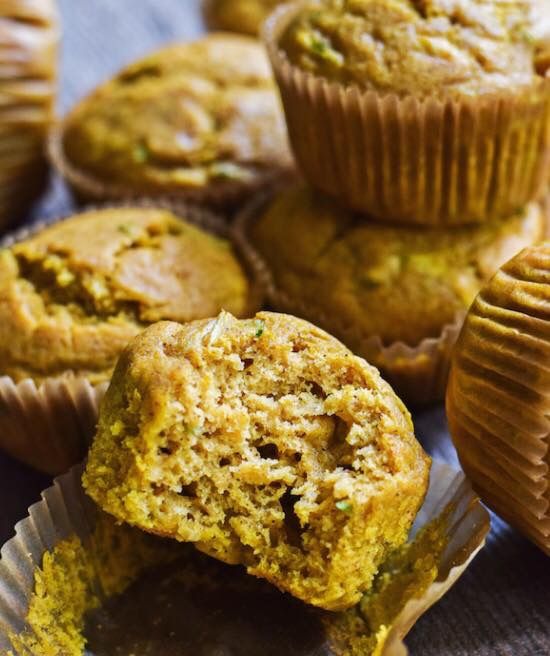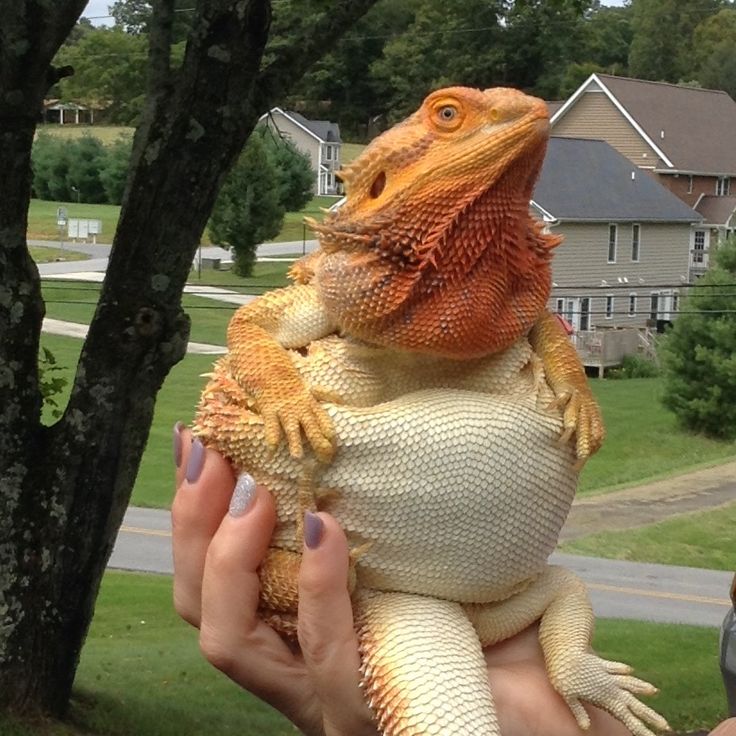Found a baby dove what do i feed it
Baby Mourning Doves: Caring for and Feeding Abandoned Dove Babies
Sharing is caring!
36 shares
- Share
You step outside to get the mail and you find a baby bird in your driveway—what do you do? Should you leave it, rescue it, try and put it back in its nest?
It can be nerve-wracking finding a baby bird on the ground and wondering what the best option is, especially since not all species can be treated the same.
Here are a few tips to prepare you for that day:
Step 1: don’t panic
Step 2: read this article
Here, you’ll learn all about baby Mourning Doves and how to care and feed them if they’re abandoned. It’ll be just a little more information in your pocket, should you ever be in this situation.
Let’s dive in!
Baby Mourning Doves are called squabs or chicks.
When they are just hatchlings and a few days old, their bodies are covered in patchy, yellowish down. The down is very thin and you can still see their naked bodies. Their bills are dark, as well as their faces, and their eyes will be closed. At this point, they are only a few inches long.
Around 7-ish days, the squab’s eyes will be open and will be dark. They also will have started to get in some pin feathers. These look just like the shaft of a feather without the barbs. They will lay in a relatively ordered fashion. You’ll also still see the scraggly, yellowish down poking up around the pin feathers, which makes the nestling look pretty frazzled and messy! They will have almost doubled in weight and size.
Around 12 days, the Mourning dove will be a fully feathered fluffball. It’s feathers will be a slaty brown color. They will have grown so much that they will be larger than your palm. At this size and age, the babies will be about ready to leave the nest and take flight for the first time!
What do baby mourning doves eat?
Unlike many other baby birds, little doves don’t gape—the mouth wide open, begging for food behavior. When they’re hungry they will root around. The parents provide “crop milk” to their babies.
When they’re hungry they will root around. The parents provide “crop milk” to their babies.
Crop milk (also known as pigeon milk) is a semi-solid excretion that is made by the sloughing of fluid-filled cells from the lining of the crop.
The crop is a thin-walled, sac-like food-storage chamber that extends off the esophagus and is normally part of the digestive system. Food can be stored here quickly while the bird is foraging in the open and allows the bird to go back into a secluded area to digest. Most birds have crops, but not all make crop milk.
As said before, the crop is normally part of the digestive system, but it shifts its function to milk production just a day or two prior to the eggs’ hatching. This is believed to be caused by hormonal changes. During that time, the parents may stop eating entirely so there is no seed in the crop. Brand new hatchlings aren’t able to digest seed yet, so this is for the better! After several days of feeding crop milk to the babies, the hormone levels taper off and the crop no longer produces as much milk. By this time, the squabs are able to digest regurgitated seeds from mom and dad.
By this time, the squabs are able to digest regurgitated seeds from mom and dad.
Crop milk is nutrient-dense and contains more protein and fats than human or cow milk. It also has immune-building properties with antioxidants and antibodies from the parent.
Both parents can produce crop milk, so both are able to feed their babies. This is done by opening their mouths wide and allowing the squab to stick their little heads in and suck it up through their bills like a straw. This is important to keep in mind if having to hand feed baby doves, as sucking is their natural instinct and the safest way for them to eat.
Crop milk substitute
If you find a squab that needs rescuing (we’ll talk about how to determine this in the next section) chances are you’re going to need to make a homemade crop milk substitute or purchase a formula.
A great formula substitute is RoudyBush Squab diet. Yes—there are pictures of parrots on it. Don’t worry, it can be used for baby doves, too.
Sale
Roudybush Squab Diet For Birds, 1-Pound
- No Added Sugars Or Colors
- 100-Percent Edible And No Animal By Products
- Scientifically Formulated
Last update on 2022-10-20 / Affiliate links / Images from Amazon Product Advertising API
The only potential issue with this is it will need to be ordered online and might take a day or two to arrive. If it’s likely you’ll be hand-rearing the baby for a few weeks, this is a good option.
Another substitute is Kaytee Exact Handfeeding Formula which is available at pet stores. Some reviewers say this formula doesn’t offer the babies as well of a nutritional panel as RoudyBush, and the birds are often below the curve for weight. If it’s a matter of life or death for a squab, this is better than nothing.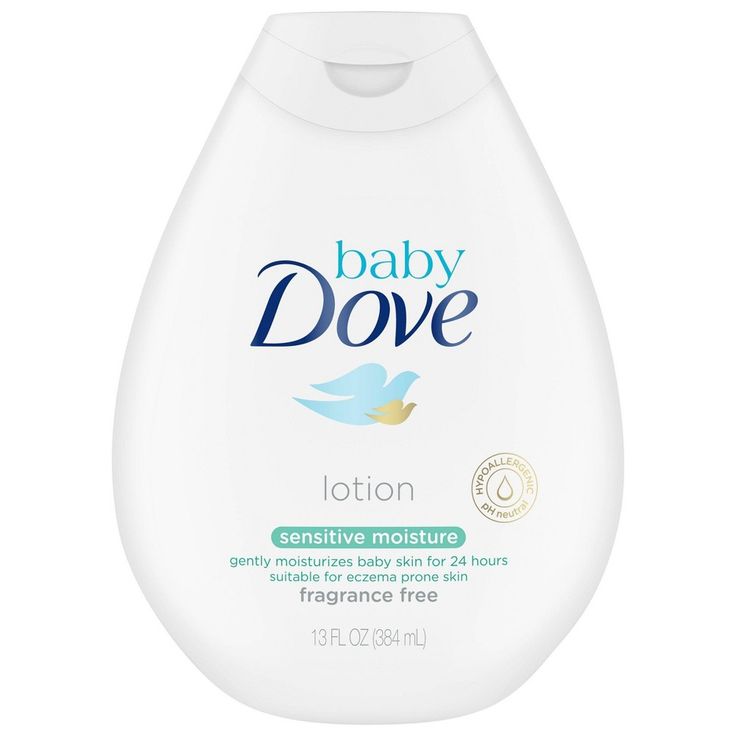
A last option if you don’t have access to a pet store and need it immediately is homemade formula using baby cereal. Make it more runny if the baby is wee little and gradually thicken it up as they get bigger. A good test is to see how quickly their crop empties. If it empties too quickly, start to thicken it up.
How often do baby mourning doves need feeding?
Brand new babies will need to be fed more often than older squabs. The younger doves will also eat formula that is more watered down. All feedings should occur within a 12-hour span.
- 0-4 days old: 5 feedings per day
- 5-7 days old: 4 feedings per day
- 8-14 days old: 3 feedings per day
- Fledgling: seeds
The safest way to feed a baby dove is by pouring the formula onto a tablespoon and letting them suck it up. Remember earlier when I said to keep their straw-sucking instincts in mind? If food is poured into their mouths, they may aspirate by trying to suck while you’re pouring or dropping it in. So it’s best to let them take the lead and let them slurp it up themselves!
So it’s best to let them take the lead and let them slurp it up themselves!
Does the baby mourning dove need to be rescued?
A few different factors go into the response to this situation.
The first step in deciding if a baby dove needs rescued is by determining what stage of growth it’s in. The second is analyzing what the situation is while keeping its growth stage in mind. For example, a 2-day old baby found in the driveway vs a 14 day old found in the driveway will have different solutions!
Baby dove growth stages
Stage 1: unfeathered
Unfeathered babies are roughly 0-6 days old. This early in the brooding stage, it’s unusual to find babies out of the nest, but not impossible.
One reason a baby might be out is if the entire nest was blown over or knocked down. Wind, predators, or weather can all knock a nest loose.
Babies can also be found on the ground if the parents perceive it to be defective in some way and decide to remove it from the nest.
Babies this young cannot be left on the ground!
At this point in their life, they are too young and too naked to keep themselves warm. If a baby is found, it needs to be warmed up immediately. This can be done using a heating pad on the low setting or using electronics that heat up and are warm to the touch, such as laptops or game systems. A little heat goes a long way for them, and this is the first priority.
While the baby is warming up, see if the nest can be located. If the nest turns out to be blown over, see if it can be put back securely so it won’t fall again. If it can’t, find a new place for it that isn’t entirely out in the open and won’t get drenched when it rains.
Once the baby warms up, put it back in the nest and watch for the parents to come back to it. If they do, you’re good to go. If not, the baby might need hand-reared.
If the baby you find is not from a blown over nest and was kicked out by its parents, it will need to be hand-reared with a crop milk substitute, at least for a few days.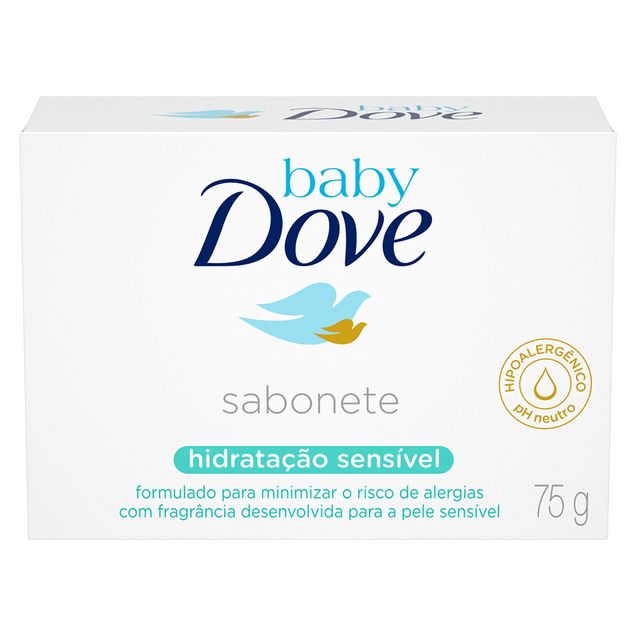 After a few days of feeding, put it back in the nest and see if the parents take care of it. If they kick it out again, it will need hand-reared until it’s old enough to survive on its own.
After a few days of feeding, put it back in the nest and see if the parents take care of it. If they kick it out again, it will need hand-reared until it’s old enough to survive on its own.
If it turns out that you have to hand-rear the baby for a while, a makeshift nest box will be needed with either a fake nest inside or nesting material like straw. A heat lamp is the best option to keep the baby warm, so your heating pad doesn’t get dirty.
Stage two: partially feathered
Partially feathered babies are roughly 7 days old to fledging age (12-15 days old).
At this age the babies are far enough along that the parents probably didn’t kick them out, so if a baby is found on the ground, it’s almost always from nest failure. This is actually a good thing because there’s a better chance the parents will take back over when the nest is fixed.
As with the younger babies, get these squabs warmed up. Once they’re warm, investigate the nest situation.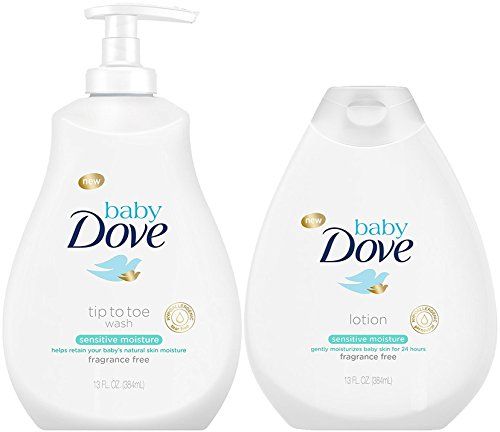 It either fell in a storm or broke apart because it was poorly constructed.
It either fell in a storm or broke apart because it was poorly constructed.
If it only fell, try and secure it as mentioned before. If the nest is found to be broken or falling apart, a new one will be needed. You can buy fake nests from a craft store, or make one. Don’t be afraid to make them, there are online tutorials to show you how!
Once the old or new nest is up, put the baby inside and wait for the parents to come. If they don’t come by nightfall, bring the baby in for the night and then return them again in the morning. If the parents still don’t come back, by the afternoon or evening, the baby will need to be hand-reared and kept in a nest box with heat.
Stage three: fully feathered
Fully feathered babies are fledgling age (12-15 days, give or take) and are nearly self-sufficient. If one of these babies is found on the ground, it doesn’t need to be returned to a nest. Actually, it’s highly possible that this baby just took its first flight from its nest to the ground!
Babies at this age are still being monitored from afar and fed by their parents.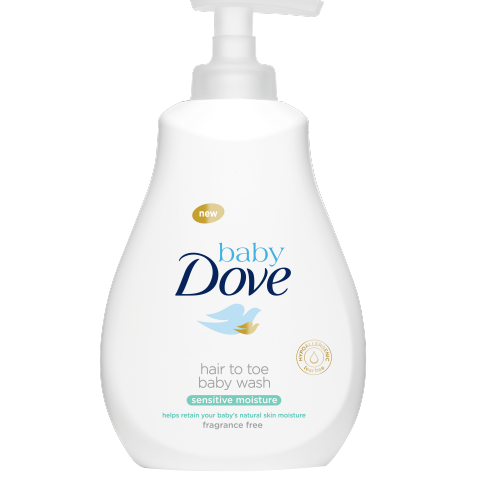 The best thing you can do for this little one is to leave it be. Of course, there are exceptions.
The best thing you can do for this little one is to leave it be. Of course, there are exceptions.
If the fledgling is in a high traffic area, like a driveway or close to a road or sidewalk, move it somewhere more relaxed. Don’t move it across town, because the parents are still caring for it, just move it a few feet away to safety.
If the fledgling doesn’t try to run away from you when you approach it and it appears cold to the touch and lethargic, it might not be getting fed by mom and dad. You can gently palpate the crop to feel if there’s food inside. If there is, the bird might have an injury or may be sick, in which case it’s best to call a wildlife rehabilitator. If there isn’t anything in the crop, the bird might just need a meal. Some mashed bird seed might help it out.
In conclusion
Helping out a baby bird can seem daunting, but with the right information, you can do it safely and confidently. If you’re still unsure, you can always call a rehabilitation center to see if they can take the baby in!
Credits
Chaifetz, T. (2017, September 26). How to Determine the Age of a Mourning Dove Hatchling. Retrieved 2020, from https://animals.mom.me/how-to-determine-the-age-of-a-mourning-dove-hatchling-12452713.html
(2017, September 26). How to Determine the Age of a Mourning Dove Hatchling. Retrieved 2020, from https://animals.mom.me/how-to-determine-the-age-of-a-mourning-dove-hatchling-12452713.html
Ehrlich, P., Dobkin, D., & Wheye, D. (1988). Bird Milk. Retrieved 2020, from https://web.stanford.edu/group/stanfordbirds/text/essays/Bird_Milk.html
Mayntz, M. (2019). Do Birds Produce Milk for Their Young? Retrieved 2020, from https://www.thespruce.com/glossary-definition-of-crop-milk-385209
Mihaylo, K. (2017, August 11). How to Care for a Baby Mourning Dove. Retrieved 2020, from https://animals.mom.me/care-baby-mourning-dove-6968.html
Sebastiani, J. (2012, April 26). Baby Birds: A Dove Story. Retrieved 2020, from http://blog.delawarenaturesociety.org/2011/11/10/baby-birds-a-dove-story/
White, H. (2014). Mourning Dove. Retrieved 2020, from http://www.diamonddove.info/bird13%20Mourning.htm
Sharing is caring!
36 shares
- Share
What Can I Feed Orphan Baby Wild Doves & Pigeons? – Ron Hines' Vetspace – 2nd Chance – The Animal Health Website
Ron Hines DVM PhD
All Of Dr. Hines’ Other Wildlife Rehab Articles
Hines’ Other Wildlife Rehab Articles
I love doves – their personality and their graceful beauty. Quite a few have come through my hands over the years. That has been primarily due to their poor nest building abilities. Once a few sticks have been carelessly crossed, doves and pigeons consider the job done.
Doves and pigeons are one of the few groups of birds that you are likely to encounter in the USA, Canada or Europe that require a very specialized diet. While other baby birds are simply present insects and perhaps some of their parent’s adult food by their parents, doves and pigeons (columbine birds) that are raising offspring transform their crop into a “milk” producing organ. Only flamingos, penguins and parrots do something similar. (read here)
Lest you take the word “milk” literally, cow or goat milk is NOT a suitable food for doves or pigeons because they both contain too much lactose sugar (milk sugar) that doves and pigeons cannot digest. This sugar ferments in their digestive tracts causing bloat, diarrhea and respiratory distress that eventually leads to their death.
This sugar ferments in their digestive tracts causing bloat, diarrhea and respiratory distress that eventually leads to their death.
The percentage constituents of dove milk are unknown. But pigeon milk, which is likely to be very similar, is about 70% water. Of the remaining solids in it, about 53-58% is protein and 34-35% is fat. Very little carbohydrates (including sugars) are present. The actual percentages of the contents of the milks of all species of animals never remains constant. It varies over time. Factors like the time of day, the diet consumed by the parents, the number of offspring being fed and the current age of the offspring all factor into its composition. Luckily, the infant animals of all species have been given the flexibility to deal with these variations. Of course, natural pigeon/dove milk also contains all the essential vitamins and trace minerals that the babies require. As the baby doves or pigeons mature, partially digested grains are regurgitated into this mix as well.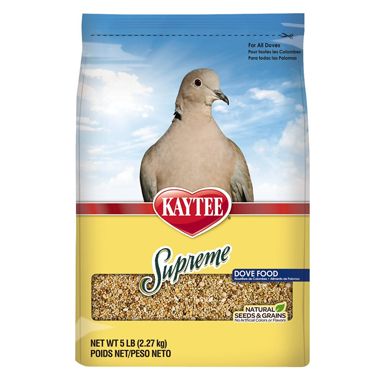
If you have occasion to raise orphan doves or pigeons, there are many recipes that have raised them quite successfully. For fat content, many recipes contain Nutrical® and/or olive or vegetable oils. For protein some contain peas, hemp powder, or vegan soy products. Varying amounts of one or another human or animal vitamin supplement as well as digestive enzymes are often thrown in the pot for good measure. A pinch of this, a smidgen of that – God bless Nature for being so flexible.
One commonly used recipe is called MAC Milk:
Many have found that commercial parrot-raising formulas like Exact® work quite well for doves. Others in Europe use the Psittacus Catalonia Wildiet® formula.
My Technique:Every year I feed out baby doves and pigeons with a recipe I have prepared at home for many years. I chose the ingredients based on what I know about avian nutrition, on products that are are safe, economical and readily available to almost anyone on short notice. This formula has worked well for me and I hope it will work well for you too:
This formula has worked well for me and I hope it will work well for you too:
1) Pour 1.25 measuring cups of dry instant oatmeal into the empty cup.
2) To the oatmeal, add 1 cup of shaken Silk® unsweetened organic soy milk that has been microwaved for 30 seconds. Unsweetened, non-flavored Silk® milk adds protein and, as importantly, calcium.
3) Mix them together well with a spoon and microwave the mixture for 1 minute or as you would a cup of coffee.
4) Once the oatmeal and soy milk have cooled, add the contents of 2 large whole eggs and mix very well. Never microwave once the eggs have been added because the mixture will become lumpy and unusable.
As the birds reach maturity, reduced the number of eggs used to one per cup. Oatmeal is deficient in Vitamin D3. Egg yolk is a good sources of vitamin D3 and the egg whites are an additional source of balanced protein.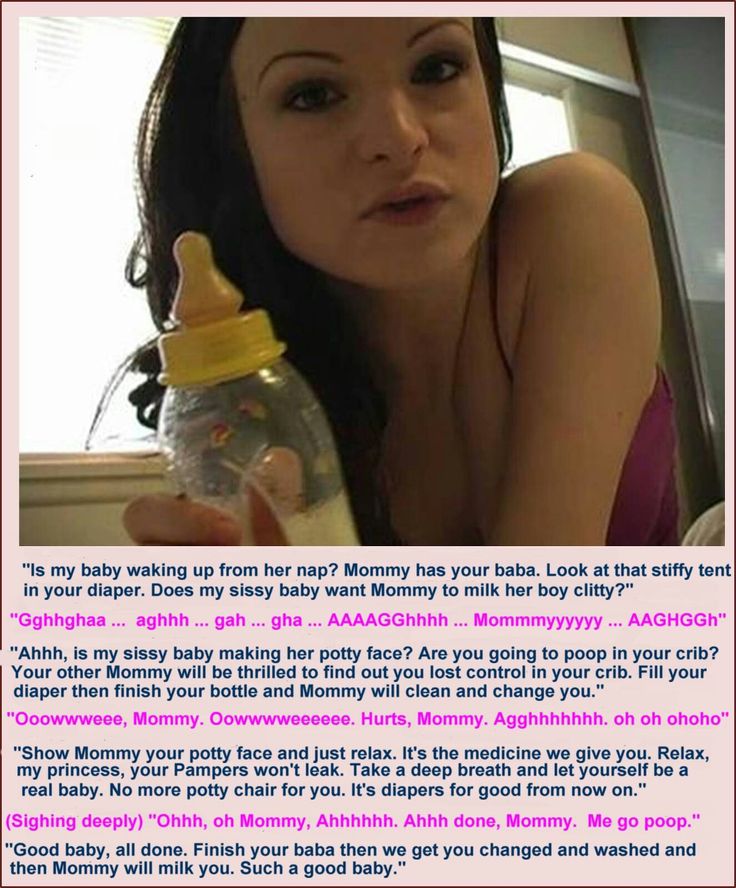
5) Mix well with a spoon until homogeneous.
6) Top off to a comfortable height with Silk® soy milk. Silk® soy milk has a short refrigerator shelf life. When I have only a few doves to feed, I freeze the soy milk in smaller pouches and thaw them as needed.
Let the finished mix sit in your refrigerator for an hour or so until it become smooth and creamy and all small lumps have dissolved. Add a bit more soy milk if it is still too thick or if the babies are very young or if you suspect that they are mildly dehydrated as many fall-from the nest youngsters are. (read here) During the first week, the formula should drip from a syringe. As they get older, you can feed the formula thicker.
Bring your formula to room temp before feeding.
After feeding, the cup goes on the upper shelf of your refrigerator until it is time to bring it to room temperature again for another feeding.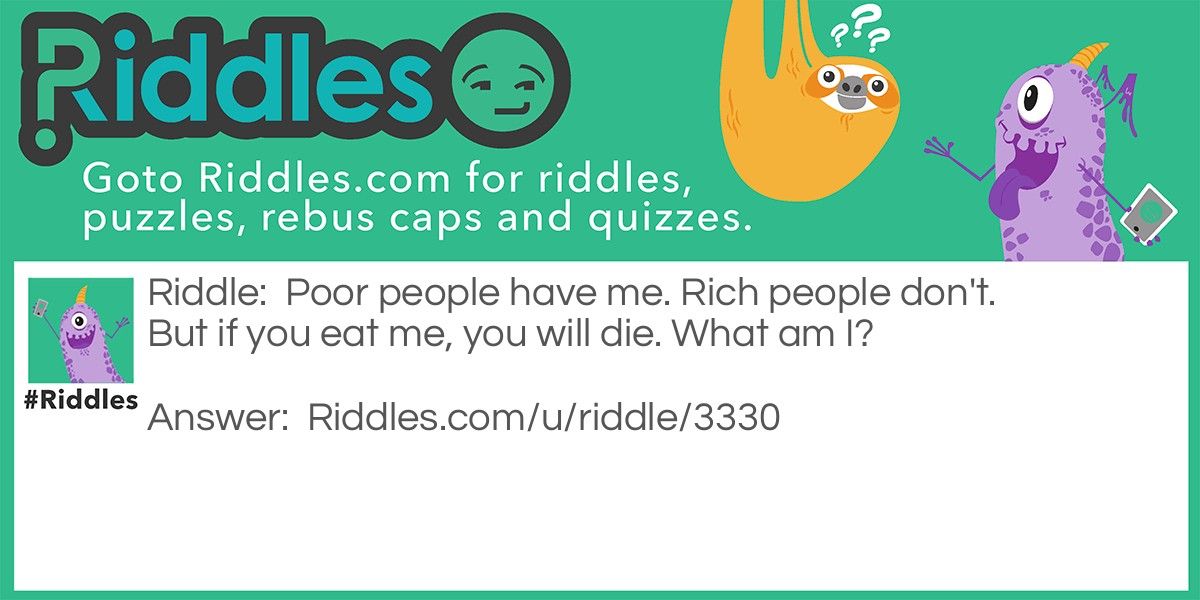
I prepare no more than I will use up over a 48-hour period.
The most common cause of crop burn-throughs is feeding formulas that have been unevenly microwaved and contain hot spots. So, I always stir well after microwaving and after that, place a dab on my wrist to be sure the temperature is safe.
This mixture can be fed to baby doves and pigeons in many ways. I place it in a disposable pipette like the one above which is also seen in view in the topmost photo layouts. With this pipette, I place a bit of formula within the baby’s mouth with the bird allowed to swallow until its crop is moderately full. But never so overfilled and tight that it extends up the neck. If placing your finger against the bird’s neck causes regurgitation, you have given considerably too much at one feeding. Many smaller feeding, spaced throughout the day are always much safer than larger, infrequent feeding. Babies during their first week of life get fed four to five times.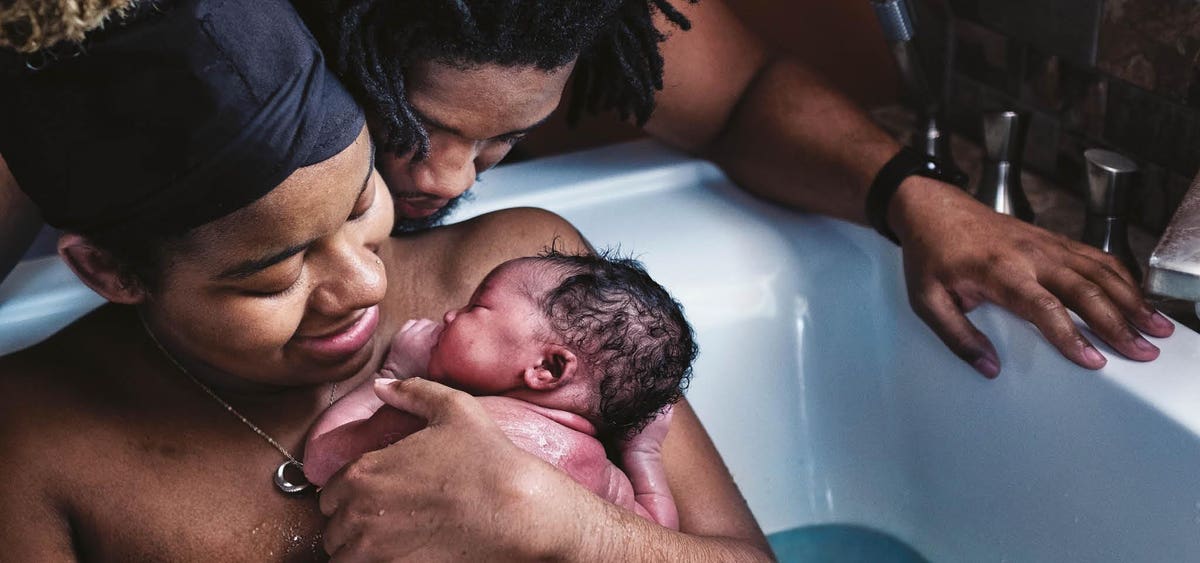 That is gradually reduced to three feeding and then to two. When the crop is empty and a little dent has formed at the collar, it is time to feed again. If the crop does not empty completely, you have not waited long enough or there is a health issue. After sundown, there is no need to feed.
That is gradually reduced to three feeding and then to two. When the crop is empty and a little dent has formed at the collar, it is time to feed again. If the crop does not empty completely, you have not waited long enough or there is a health issue. After sundown, there is no need to feed.
Because I usually have a lot of mouths to feed and because baby birds can be messy, I often feed this formula to doves and pigeons using a 3ml disposable syringe and a catheter (tube feed). I cultivate contacts at local hospital supply departments and ask that intravenous catheter extension sets that have passed their FDA-mandated expiration date be set aside for me.
This is what they look like (you can enlarge all my images). You can see one laying next to the scissors in the third photo – before I have cut it to length and another already placed down the squab’s throat. Once your second finger feels the end of the catheter where the bird’s neck enters its body, slowly express the majority of the formula. As I slowly withdraw the catheter, I leave a teaser amount of formula near the rear of the bird’s mouth, so it gets some taste, pleasure and satisfaction out of the procedure. Over the 50+ years I have been tubing baby birds, I do not recall a single case where the tube entered the windpipe rather than the esophagus. Baby birds have a very strong reflex when they gape or feel food in their mouth that locks their larynx shut. So, a gently inserted tube going down wrong is quite unlikely. Nevertheless, watch an experienced aviculturist or wild bird rehabber tube feed before attempting to do so unassisted.
As I slowly withdraw the catheter, I leave a teaser amount of formula near the rear of the bird’s mouth, so it gets some taste, pleasure and satisfaction out of the procedure. Over the 50+ years I have been tubing baby birds, I do not recall a single case where the tube entered the windpipe rather than the esophagus. Baby birds have a very strong reflex when they gape or feel food in their mouth that locks their larynx shut. So, a gently inserted tube going down wrong is quite unlikely. Nevertheless, watch an experienced aviculturist or wild bird rehabber tube feed before attempting to do so unassisted.
Infant doves are very susceptible to digestive problems and slow crop emptying if they are kept at the wrong temperature. The white wing doves in the photo above are about two and a half days old. The larger one weighs 27.6 g the smaller one 25.0 g. At that age, their crop emptying time was best when they were maintained at 32 C (89. 6 F) with a 100 watt incandescent bulb. At that temperature, these two dovlings took 75-80 breaths per minute. They began to pant and were hot to the touch when their surrounding temperature reached 37 C (98.6 F).
6 F) with a 100 watt incandescent bulb. At that temperature, these two dovlings took 75-80 breaths per minute. They began to pant and were hot to the touch when their surrounding temperature reached 37 C (98.6 F).
Don’t put pressure on the full or partially full crop or the bird might regurgitate and inhale formula.
Don’t attempt to pass a catheter or pipette unless the bird’s head is in a star gazing position and the neck extended.
Don’t ever attempt to force a catheter or pipette downward that does not pass effortlessly.
Don’t ever attempt to feed a bird that is not bright and alert. They need subcutaneously administered fluids and glucose. You can read about that here.
Don’t neglect good sanitation. If it would not pass a health inspector’s muster in a restaurant setting, it’s not a fit in a bird kitchen either.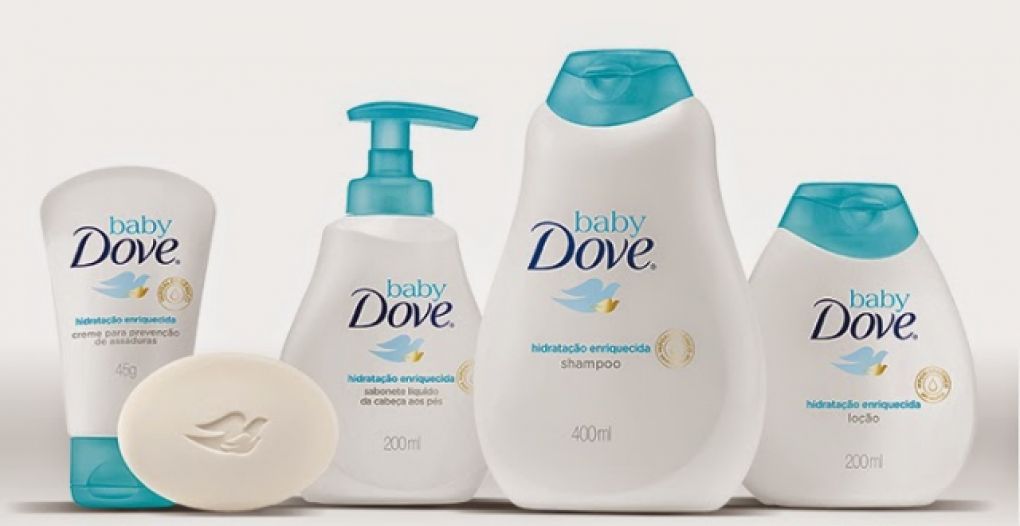
Don’t develop the habit of always feeding the dove or pigeon from the same side. That predisposes birds to developing scissor beak – a situation where the upper and lower beaks are misaligned. You can enlarge this photo of a hand-fed nightjar that developed this problem:
South Texas summers are quite hot and many of these infants are brought to me from far away. Most are dehydrated. After windy storms that blow them out of their nests and drench them, many are chilled despite the hot weather. Neither dehydrated babies nor chilled babies absorb nutrients well. In those babies, the natural wave like motion (peristalsis) that propels food down their digestive systems function poorly or not at all. Tube feeding babies suffering that condition actually speeds their demise because the formula just putrefies and ferments in their crop. As I already mentioned, markedly dehydrated babies need subcutaneous and intramuscular fluids. (read here) Mildly dehydrated babies need their first few feedings to be no more than warmed lactated ringers solution (LRS). They also need supplemental warmth if they are chilled. All wild creatures are masters at concealing stress, weakness and illness – until the very end. If the circumstances favor dehydration or chilling, just assume they are so, even if it is not outwardly apparent.
They also need supplemental warmth if they are chilled. All wild creatures are masters at concealing stress, weakness and illness – until the very end. If the circumstances favor dehydration or chilling, just assume they are so, even if it is not outwardly apparent.
Once only small tufts of down remain on the head, I begin to place dishes of water and seed grains in the bird’s enclosures. A small rock (or marbles) placed in the water dishes (as seen in the second photo) help keep the birds from turning the water containers over when they perch on them. Since I give them no gravel to line their gizzards (gizzard gravel) at this age, I grind the grain mixture before I offer it to them. You can see the grinder I use in the photo above.
Be sure they are accepting mixed grains before you release them. A quality seed mix suggested for wild songbirds is fine. I add about a quarter amount of game bird (or turkey) starter crumbles to the mix.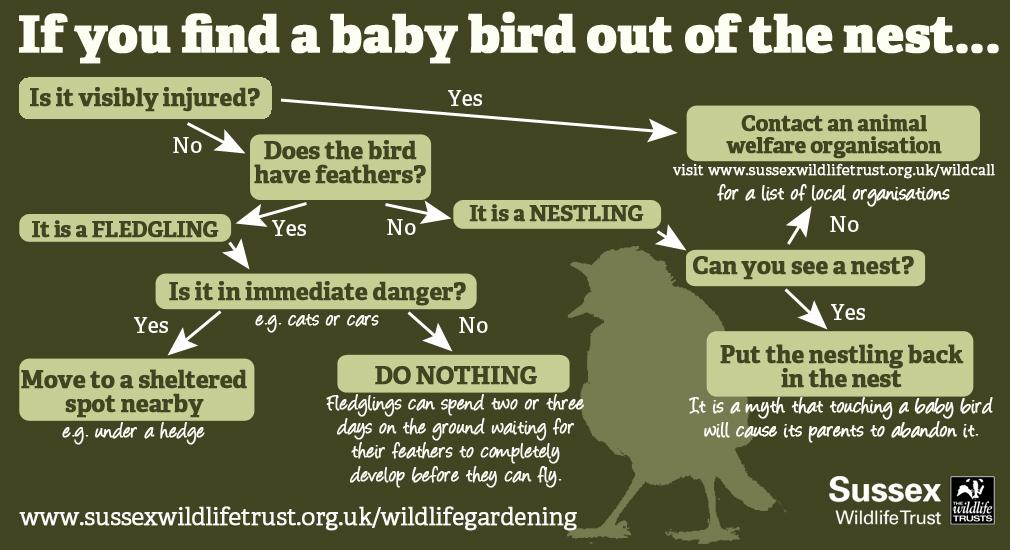 When whole seeds and grains are offered, I mix a bit of fine stone grit in with their food. The Hartz Gravel’n Grit™ is much too fine and goes right through them. So using well-washed masonry pea gravel from a building supply or river, I first remove the finer sand with a kitchen sieve. Then I remove the larger stones with a kitchen colander (with ~3/16″ holes). Then I wash and re-wash what is left and let it dry. Ground poultry oyster shell sifted in the same way works just as well and provides the birds an additional source of calcium. There is an inset image top right in the 4th photo at the top of this page of the proper size grit for a pigeon. The bird in that photo is already beginning to peck at whole grain.
When whole seeds and grains are offered, I mix a bit of fine stone grit in with their food. The Hartz Gravel’n Grit™ is much too fine and goes right through them. So using well-washed masonry pea gravel from a building supply or river, I first remove the finer sand with a kitchen sieve. Then I remove the larger stones with a kitchen colander (with ~3/16″ holes). Then I wash and re-wash what is left and let it dry. Ground poultry oyster shell sifted in the same way works just as well and provides the birds an additional source of calcium. There is an inset image top right in the 4th photo at the top of this page of the proper size grit for a pigeon. The bird in that photo is already beginning to peck at whole grain.
My wife and I sometimes delay our release of doves beyond what my State allows. We don’t release late summer babies close to the Texas dove hunting season. Others that stay longer are birds that face medical issues and need care. In both cases, I find it wise to supplement a grain-based/seed diet with a small amount of ground dog chow prepared with the meat grinder as seen in the photo.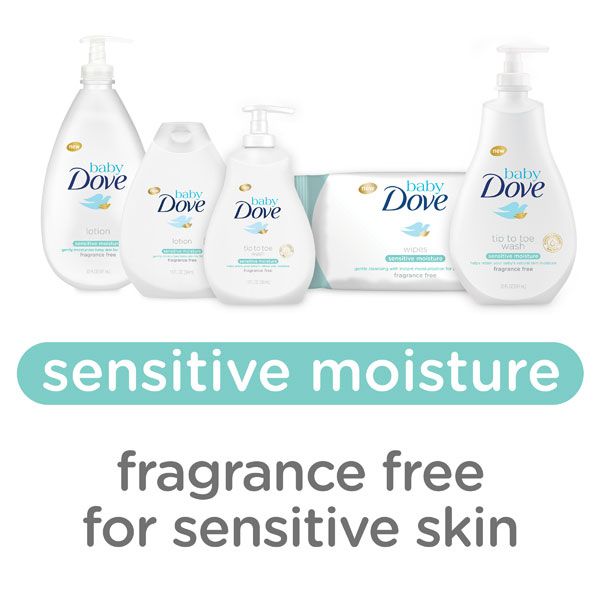
Of all the cereal grains, whole rolled oats are among the most nutritious. It is considerably more so than corn or wheat. Instant baby oatmeal also blends readily with warm water. And because oats are practically gluten-free, the formula is not as sticky as one based on wheat would be. The brand of instant oatmeal that I purchase is pre-fortified with vitamins and calcium that the all infants including doves and pigeons need. Because this product is marketed for children, liability issues dictate that the ingredients be of top quality. Products intended for human consumption are considerably more rigorously monitored for quality than diets intended for animals. For example, the FDA and USDA spend 24 times as much money regulating human versus animal food. Name brand producers like Gerber have the wherewithal to do in depth analyses of their products -batch by batch. That is something that small niche pet food manufacturers generally do not have.
That is something that small niche pet food manufacturers generally do not have.
You will see two brands of baby oatmeal cereal in the second photo at the top. At one time I purchased Parent’s Choice™ because I noticed that it was all whole grain oat flour whereas the Gerber’s was only partially whole grain oat flour. I suppose because of that, the protein content of the Parent’s Choice was listed as significantly higher. But I cannot say that I noticed any difference in how the doves grew up eating one versus the other.
Why Do You Add Raw Eggs To Your Diet?1) Egg increase the formula’s fat/energy as well as its protein content
2) Raw egg albumin (the egg white) also makes my mix very “syringable”. Lumpy diets are hard to force through a standard syringe. The lecithin and albumin in eggs is also an excellent lubricant – so I do not need to use products like KY jelly on the syringe catheter when I am using one. I don’t feed soaked dog or cat chow to doves or pigeons. But when I soak and blend dry kibble to feed or tube other types of wildlife, I have to ream out the tip of the syringe with an 1/8” drill bit held in a vice-grip™ in order to get the slurry to pass through the tip freely.
I don’t feed soaked dog or cat chow to doves or pigeons. But when I soak and blend dry kibble to feed or tube other types of wildlife, I have to ream out the tip of the syringe with an 1/8” drill bit held in a vice-grip™ in order to get the slurry to pass through the tip freely.
3) Like natural pigeon milk, raw eggs contain important vitamins and antioxidants.
4) One of the most important thing that raw eggs contribute and that is lost in heating and cooking are protective antibodies. Most of these egg antibodies are called IgY antibodies. They are found primarily in the egg’s yolk. Although the chick was meant to absorb these antibodies from its yolk before hatching they remain protective in the intestine even when furnished after hatching. These antibodies are not only effective in controlling intestinal bacteria, they are also though to control the growth of C. albicans, the cause of avian thrush or candidiasis. Powdered egg will not do. Its antibodies were lost in processing.
Once the pigeon or dove hatches, these antibodies – which are also present in the parent’s natural crop milk are still important. But after birth the antibodies are thought to only have the ability to act locally within the squabs intestinal tract. Their molecules are too large to pass through the squab’s intestinal lining intact. Their presence there is still quite beneficial. It is not only the egg yolk that contains protective qualities – the whites do too (lysozymes).
Well, isn’t there a danger in feeding raw eggs?Yes, but the risk is small. One out of 10 – 20,000 commercially produced eggs in the United States tests positive for salmonella. That risk can, perhaps be reduced even further by buying free-range chicken eggs. (read here)
Pasteurized, whole egg are perhaps another option. But I do not know if IgY antibodies survive the pasteurization processes used.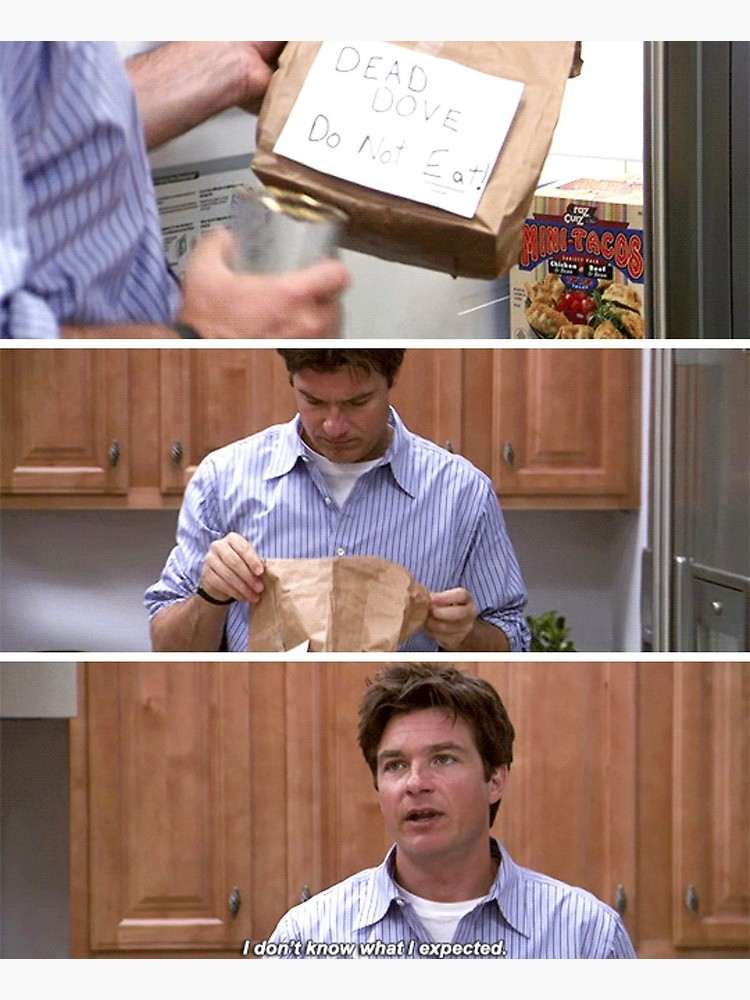 If that processed did not take the egg contents to over 60 degrees C (140 F) for ten minutes, these antibodies should have survived intact. (read here) I am still waiting to hear back from Davidson they never answered my email.
If that processed did not take the egg contents to over 60 degrees C (140 F) for ten minutes, these antibodies should have survived intact. (read here) I am still waiting to hear back from Davidson they never answered my email.
It is true that you will not find any vitamin A listed on oat cereal labels and a single large egg has only about one tenth a human’s suggested daily vitamin A intake. But both egg yolk and oatmeal are rich in carotenoids that avian bodies have the ability to convert into active vitamin A (retinol). (read here) A source of either vitamin A or carotenoids are very important in maintaining a strong defense against infections and maintaining healthy skin and feathers.
Although some egg producers darken their egg yolks with artificial feed additives, more often darker orange/yellow yolks are a sign of higher carotenoid content. When given the opportunity, pick eggs with the deepest orange yolks. It is always safer to provide carotenoids than it is to supplement with vitamin A from things like cod liver oil or bird vitamin tonics. That is because too much vitamin A is toxic. (read here)
When given the opportunity, pick eggs with the deepest orange yolks. It is always safer to provide carotenoids than it is to supplement with vitamin A from things like cod liver oil or bird vitamin tonics. That is because too much vitamin A is toxic. (read here)
During the period that a bird’s feather is forming under its skin, the follicle that is producing the feather relies on a steady stream of protein building blocks obtained from the bird’s blood stream (the amino acids needed to build feathers including β-keratin). If that steady flow of amino acids are interrupted – by a lack of appropriate food, a disinclination to eat or starvation – the feather will no longer develop normally because the bird can no longer produce the keratin proteins required to form the feather. When those nutrients again reach the proper level in its blood stream, feather development returns to normal. So, a careful examination of a bird’s feathers gives you a look back into its past. In this particular dove in the two photos above, I or one of my volunteers apparently missed a scheduled feeding while the feather I am pointing to was developing. That resulted in the narrow white line – like a scissor cut – present to the right of my finger. Each incident of low blood amino acids causes a discrete line. You can see that the integrity and strength of of the feather shaft was compromised at that point. With time, that feather will break at both points. You can view a more idealized image of stress bars here and read a bit more about the problem and feathers in general here.
So, a careful examination of a bird’s feathers gives you a look back into its past. In this particular dove in the two photos above, I or one of my volunteers apparently missed a scheduled feeding while the feather I am pointing to was developing. That resulted in the narrow white line – like a scissor cut – present to the right of my finger. Each incident of low blood amino acids causes a discrete line. You can see that the integrity and strength of of the feather shaft was compromised at that point. With time, that feather will break at both points. You can view a more idealized image of stress bars here and read a bit more about the problem and feathers in general here.
Some wildlife rehabilitators and aviculturists associate deformed legs and feet (such as in this deformed white Turkish dove) with insufficient calcium in the diet during their growth period. I have never seen bone or joint problems or flexible bones in pigeons, doves or parrots fed this formula, so I believe that its calcium content is adequate. 8 grams of oatmeal contains about 4 mg of calcium and a 100 gm chicken pullet requires about 130 mg of calcium per day. The soy milk I use is also calcium-fortified.
8 grams of oatmeal contains about 4 mg of calcium and a 100 gm chicken pullet requires about 130 mg of calcium per day. The soy milk I use is also calcium-fortified.
When twisted or bowed foot or leg problems occur, it is more likely that they were caused by too smooth or too flat a cage floor. When a baby bird stands on a floor that is basically flat, its toenails will begin to curve sideways and exert a small twisting force to the toes. With time, like a tree branch, the toes will twist to accommodate that force. Eventually, the pad of the foot will not rest flat against the floor either. Those sort of problems can be prevented by furnishing the infant with a slightly indented twig mat similar to the mat that forms the coarse floor of a dove’s natural nest. I use a shallow plastic dessert bowl to maintain my artificial nest’s shape. Paper towels or Kleenex™ will not do. They slip and slide. As the bird grows, twigs should always be available that exceed the diameter of the bird’s clenched toes.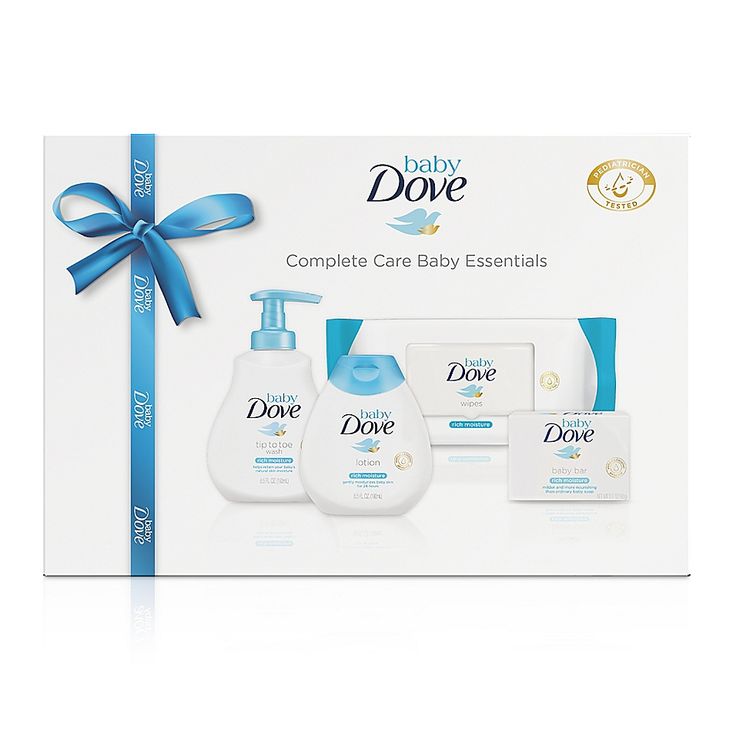 You can read more about the problem, spraddle leg here.
You can read more about the problem, spraddle leg here.
I live in the tropical Rio Grande Valley of Texas. Although some mourning doves are brought to me, more often they are tropical white-winged doves or tiny Inca doves.
You are on the Vetspace animal health website
Visiting the products that you see displayed on this website help pay the cost of keeping these articles on the Internet.
how to get out at home if it fell out of the nest
Content
- 1 What does the pigeon chick eat
- 2 What to do if the pigeon chick fell out of the nest
- 3 How to feed the pigeon chick
- conditions
- 4.1 First week
- 4.2 Second week
- 4.3 Third week
- 4.4 Fourth week
- 4.5 After a month
- 50006
- 6 What to do if the pigeon chick does not eat
- 7 How to hatch the pigeon chick
- 8 Conclusion
Chicks, just like human children, need guardianship and care from their mother.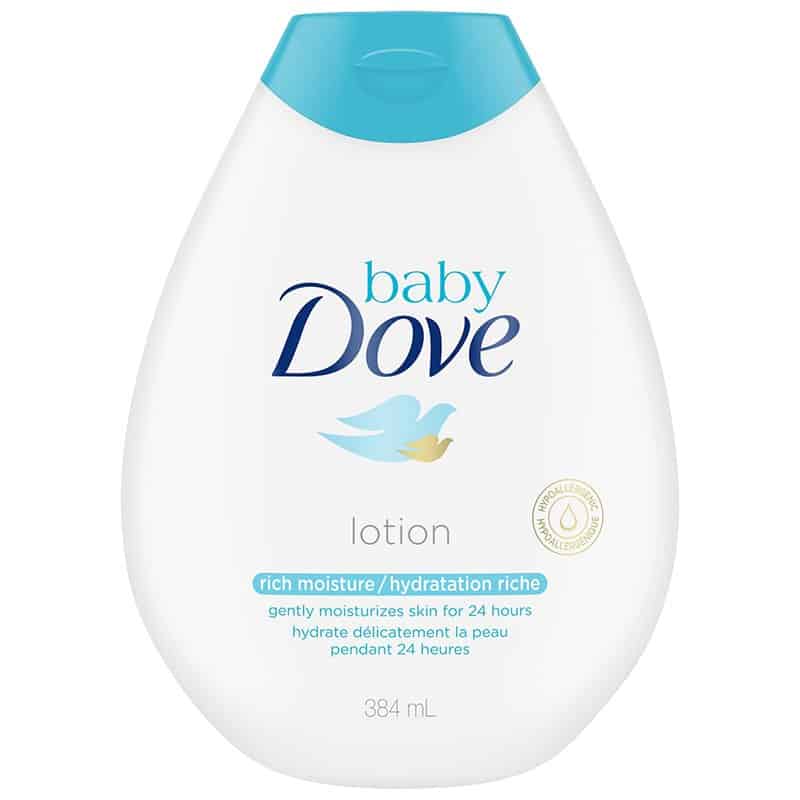 Often in life there are situations in which the chick is torn off from the mother's wing, for example, when he fell out of the nest. If necessary, a person can independently feed a feathered friend at home and, upon reaching the required age, release him into the wild. It is in such situations that it is necessary to know what pigeons feed their chicks, as a result of which there is a high probability of going out and raising a bird on their own.
Often in life there are situations in which the chick is torn off from the mother's wing, for example, when he fell out of the nest. If necessary, a person can independently feed a feathered friend at home and, upon reaching the required age, release him into the wild. It is in such situations that it is necessary to know what pigeons feed their chicks, as a result of which there is a high probability of going out and raising a bird on their own.
What a pigeon chick eats
If a feathered bird is left without parents and was picked up by a human, then it should be properly fed and then sent to the wild when it reaches the required age. As practice shows, it is necessary to feed a pigeon chick from birth with crushed and well-brewed food. In the first days of life, a boiled egg yolk is perfect, which is injected into the feathered oral cavity through a syringe. In the future, it is worth feeding grains crushed to the state of flour and steamed in hot water. As the diet grows, it becomes much more diverse: fruits, vegetables, chopped greens, vitamins, live insects are introduced.
What to do if a pigeon chick has fallen out of the nest
In the event that a pigeon chick has fallen out of the nest, it is recommended to look around, suddenly its parents are nearby and are afraid to fly up to it because of the presence of people. If there are no adults nearby, then it is worth visually inspecting the pigeon chick itself. If there is plumage, it is completely dry, it behaves quite actively and is warm to the touch, then such a bird does not need help. Most likely this is his first flyby.
If the found pigeon chick does not fit this description and it is clear that without the help of a person it will die, then you should carefully take it without damaging the bones. Take home to a warm place, starting the feeding process.
How to feed a pigeon chick
It is recommended to feed a pigeon chick strictly according to the age category. This is primarily due to the fact that if you give a week-old baby food intended for a pigeon chick aged 2-3 weeks, then the body simply will not be able to digest food and the pigeon will die. For feeding, you can use a syringe, nipple or pipette. Food is introduced into the oral cavity, making sure that the food completely fills the goiter. From the first days of life it is necessary to accustom to water.
For feeding, you can use a syringe, nipple or pipette. Food is introduced into the oral cavity, making sure that the food completely fills the goiter. From the first days of life it is necessary to accustom to water.
How to feed a pigeon chick at home
Feeding a pigeon chick at home is not as difficult as it may seem to many at first glance. As practice shows, it often becomes necessary to independently feed those birds that were found, fell out of the nest and were left without maternal care. In order to understand exactly how to feed and care for pigeon chicks, it is necessary first of all to correctly determine their age - this is the only way to avoid causing even more harm.
Approximate age can be determined by the following signs:
- rudimentary plumage appears on the 6-7th day of life;
- Eyes fully open on day 9;
- fully developed plumage can be seen by the end of 4 weeks;
- pigeons begin to show the first flitter rides at 6 weeks;
- the first molt occurs at 7 weeks;
- bird stops squeaking and starts cooing at 2-3 months of age;
- first sexual instincts appear at 5 months;
- final molt at 6 months.
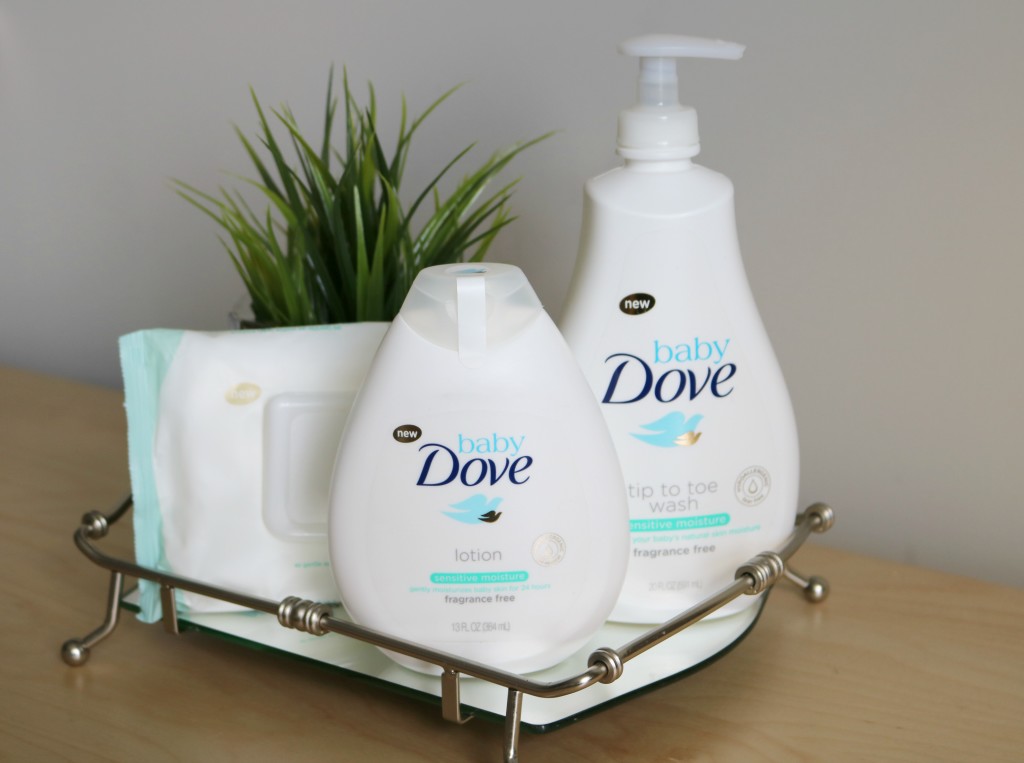
If you correctly determine the age of a pigeon chick left without maternal care, then you can feed and leave the baby.
In the first week
If a newborn pigeon chick is in the hands, then in this case it is important not only to properly feed, but also to water. Thus, it is initially necessary to teach the feathered to take water and food. As practice shows, it is most difficult to get out birds that are about a week old, no more. This is due primarily to the fact that in the first 7 days of life, newborns need breast milk. In order to save the pigeon chick, you will have to make quite a lot of effort.
A step-by-step algorithm of actions that allows you to feed newborn birds is as follows:
- First of all, you need to purchase a 20 ml medical syringe from the pharmacy and carefully put a nipple on it, preferably a pipette.
- Egg yolk is perfect as a feed, as it contains a large amount of minerals so necessary for the normal life of a pigeon.
 You can also use special grains that are pre-ground to a state of flour.
You can also use special grains that are pre-ground to a state of flour. - Received food is gently introduced into the oral cavity through a syringe, allowing time for the processing of the received components.
Pigeon chicks need to be fed at least 6 times throughout the day.
In the second week
Starting from the second week, it is recommended to introduce grain mass into the diet, as very soon the chick will start eating like an adult pigeon. It is worth feeding only grain crushed to the state of gruel and well steamed. This will require:
- Thoroughly grind the cereal through a coffee grinder several times.
- Mix the resulting flour with hot water.
- Let stand for 7 minutes.
It is important to understand that such a semi-liquid porridge is still incomplete food and cannot be fed. It is recommended to add chicken yolk to the steamed grain and only after that start feeding.
Since pigeon chicks require calcium for full growth and development, a solution based on calcium gluconate can be added to food. To improve the immune system, before you start feeding the chicks, add 2-3 drops of honey to the porridge.
To improve the immune system, before you start feeding the chicks, add 2-3 drops of honey to the porridge.
By the end of the second week, the body of the chick will be completely covered with feathers, it will begin to move and scream even louder. During the day, birds are fed from 4 to 6 times. At the same time, it is worth making sure that the goiter is filled with food to the maximum.
Tip! If necessary, calcium gluconate can be replaced with crushed egg shells.
In the third week
From the third week, pigeon chicks feed in a completely different way. During this period of time, it is necessary to teach them to eat whole grains. Before feeding the birds, the grains should be placed in warm water for 10 minutes. In the natural habitat, the parents give the chicks seeds of plants that have been in their stomach for some time and have undergone all the necessary processing, partially undergone splitting.
It is worth feeding with hands, young pigeons put no more than 3 grains into the mouth at each time. During this period of time, pigeon chicks begin to drink on their own. That is why, after they have already been fed (not before eating), you should carefully lower the baby's beak into a container of clean warm water.
During this period of time, pigeon chicks begin to drink on their own. That is why, after they have already been fed (not before eating), you should carefully lower the baby's beak into a container of clean warm water.
Attention! It is important to ensure that liquid does not enter the chick's sinuses, as there is a high probability that it will choke.
Chopped greens and carrots can be gradually introduced into the diet.
In the fourth week
3 weeks after birth, pigeon chicks try to start eating on their own. During this period of time, they can be fed more varied. At this age, pigeons can be given a boiled and well-chopped chicken egg and a small amount of white bread. It is important to take into account the fact that only white can be fed, this is largely due to the fact that dark bread varieties have a coarser grinding and are less digestible by chicks.
It is recommended to sprinkle a small amount of grain on the table and lightly tap on the table top, thereby attracting the attention of pigeons. As practice shows, the chicks quite quickly understand what is required of them, and begin to eat food on their own.
As practice shows, the chicks quite quickly understand what is required of them, and begin to eat food on their own.
Important! For a few more days, it is recommended to additionally feed the birds, giving food from the hands.
After a month
After a month, the diet can and even needs to be diversified. In such cases, it is necessary to feed with fruits, which are pre-cut into small pieces, give chopped greens. Small balls are made from the bread crumb, this is necessary so that the birds can independently take it in their beak and swallow it.
One month old chicks can be fed in the same way as adult pigeons. During this period of time, the babies are preparing for their first flight. Despite this, you should not quickly allow pigeons to adults, it is best to feed them separately for some time.
Tip! If the bird looks rather lethargic and eats little, then you need to add 3% glucose solution to the water.
What not to feed the chicks
Despite the fact that growing birds need insects, it is not recommended to feed them with the following:
- carcasses of insects of any kind.
 As practice shows, the death of an insect is a consequence of intoxication, and the poison also has a negative effect on the feathered organism;
As practice shows, the death of an insect is a consequence of intoxication, and the poison also has a negative effect on the feathered organism; - Colorado beetles - they are not recommended because of their toxicity;
- ladybugs - capable of excreting a toxic liquid. Under natural conditions, if a bird has eaten a ladybug by mistake, then it immediately spits it out;
- hairy caterpillars - since such insects contain small hairs on the body, they can quite easily clog the crop;
- Brightly colored bugs - rich colors indicate that it is better not to risk using these insects.
In addition, meat and fish products should not be introduced into the diet, as it is quite difficult to process them.
Attention! It is best to feed the bird with nondescript bedbugs.
What to do if the pigeon chick is not eating
If it has been noticed that the pigeon chick is not eating, then special attention should be paid to the diet. It often happens that the age of the chick was determined incorrectly, respectively, and further feeding is carried out incorrectly. It is important to take into account the fact that at first adults feed babies with semi-digested food.
It is important to take into account the fact that at first adults feed babies with semi-digested food.
It is necessary to feed the bird with a syringe if it is still very small, larger individuals are fed by hand. It should be borne in mind that at first the chick will not be able to take food on its own, it must be helped in this matter. If necessary, you can add a 3% glucose solution to the water, which will help give strength.
How to hatch a pigeon chick
Caring for a pigeon chick must be of high quality and complete. It is important to understand that at first the plumage is completely absent, as a result, the chick may freeze. For these purposes, it is recommended to use a heating pad that will maintain the optimum temperature. When plumage appears on the dove, the heating pad can be removed, but it is necessary to ensure that the temperature regime does not fall below + 25 ° С.
Conclusion
Pigeons feed their chicks with semi-digested food. To do this, they use plant seeds that, while in the stomach of an adult, undergo primary processing and undergo partial splitting. This knowledge will help the chick come out on its own.
To do this, they use plant seeds that, while in the stomach of an adult, undergo primary processing and undergo partial splitting. This knowledge will help the chick come out on its own.
what to do and what not to do
Published: 05/13/2016 Reading time: 4 min. 12289
Share:
Birds breed every spring. Unfortunately, not all chicks survive. Many factors contribute to the death of yellowmouths - an unsuccessful nesting site, diseases, predators ... but often people become the cause of death, and with the best of intentions.
In order not to cause a tragedy out of ignorance, you should figure out if the chick really needs your help. Bird is exactly all right if it is :
- Has plumage, but does not fly yet.
- Strongly clings to a branch.
- Quietly sits in the grass or bushes, and when you try to catch it, it runs away or starts to squeak loudly.
- Pretends to be dead, but then comes to.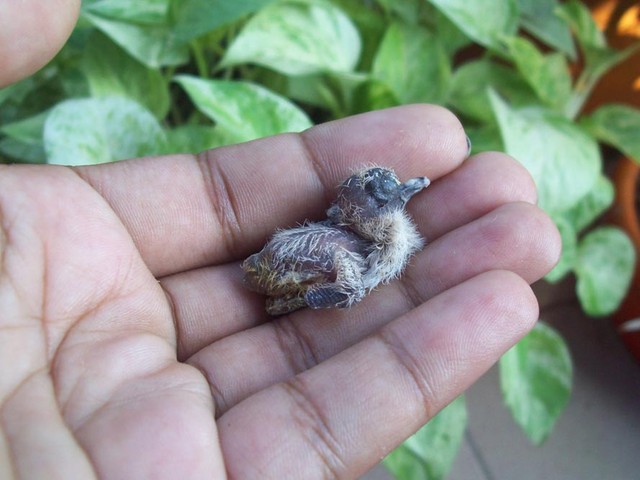
- Parent birds hover next to restless cries.
Most chicks first leave the nest, and only then begin to fly, completing their development in the grass or on branches. Parents will find and feed their children, even if they are quite far from the nest. If suddenly the chick got into a dangerous area, for example, on the road, it is better to plant it in the nearest bush or thicket of grass, and do not carry it home. Feeding yellowmouth at home is not only troublesome, but also unpromising. It will be very difficult for him to adapt to nature if you have replaced his family.
When does a baby really need your help?
1. If the nest was deliberately destroyed before the chicks could gain independence. Such babies usually retain the remnants of fluff, move poorly and open their mouths to your touch.
2. If the parents died.
3. If the nest is in a place where the chicks have no chance of survival.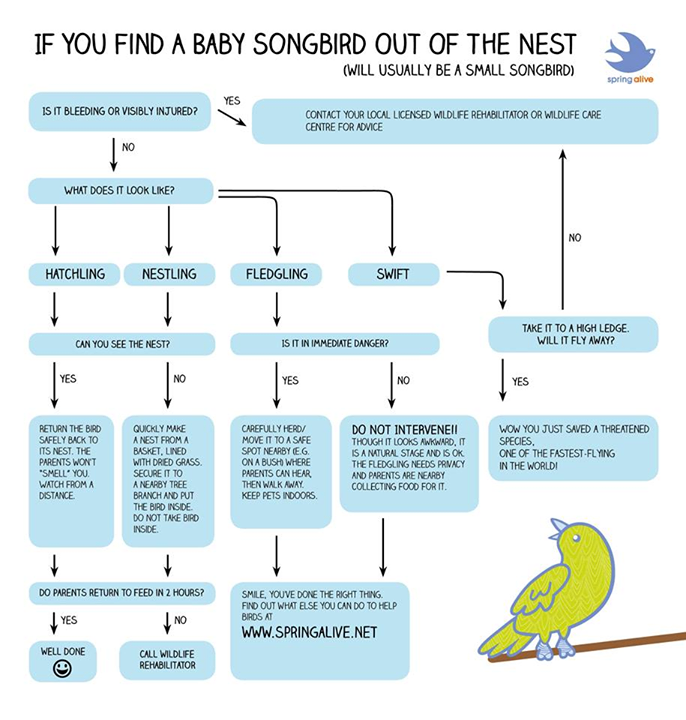
4. If your found chick is a swift. These birds feed their young only in the nest.
You need to feed such babies almost every hour, some more often, some less, depending on the species. Suitable bloodworm from the store, mealworms or fodder insects, only crushed, without legs and wings. In extreme cases, you can use a boiled egg mixed with low-fat minced meat + vitamins for birds. You can drink with a pipette or syringe. Small chicks must be warmed with a heating pad or lamp. If possible, set the type of bird you have chosen and look for recommendations on artificial feeding on the Internet. For an owlet or a hawk, the recommendations will be completely different than for a titmouse or the same swift. And you should not feed the chicks with bread, porridge, etc.! Even granivorous birds feed their young on insects.
It is difficult to adapt a human fosterling to a natural existence. The easiest way is for owners of village or country houses - their pet can gradually get used to free life. Owners of a city apartment should think about what is better to leave the bird to yourself. And, of course, you can not release a crippled animal "into the wild."
Owners of a city apartment should think about what is better to leave the bird to yourself. And, of course, you can not release a crippled animal "into the wild."
Author: AVZ
Add comment
Rate article
Share:
Back to tips list
Other tips related to
If you found a chick
Read more
Comments
| alina 06/29/2021 14:29:53 |
| there is a hole in the toilet behind the sewer pipe. in the morning we heard a squeak and there was a pigeon chick. |
| Veterinary Specialist AVZ 09/05/2021 16:25:17 |
| Alina, pigeons feed their chicks with goiter milk. |

